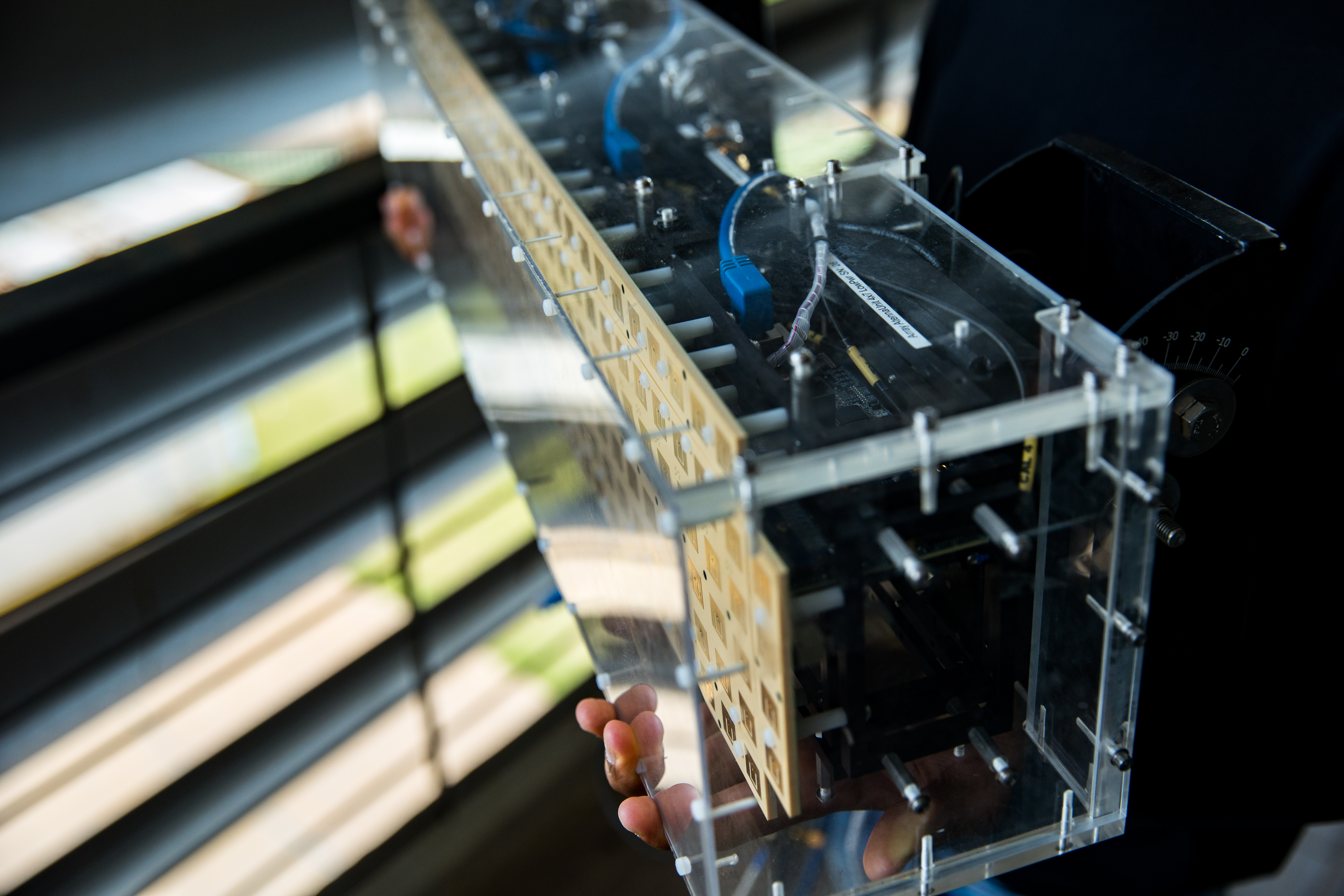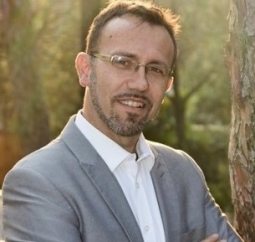National Space Conference: CSIR calls for investment in local radar satellites
CSIR researchers and other public and private sector experts shared progress on various satellite, imaging, drone and data technologies at the National Space Conference (NSC) held at the CSIR International Convention Centre in Pretoria, from Wednesday, 20 August to Friday, 22 August. These technologies will help the continent advance agriculture, respond to climate change, enhance data transfer and communication, transition to renewable energy, protect citizens and secure borders.
The CSIR is calling for urgent investment in radar and other satellite technologies that researchers say could transform agriculture, energy, security and even livelihoods in much the same way that global positioning satellites (GPS) did years ago.
CSIR researchers and other public and private sector experts shared progress on various satellite, imaging, drone and data technologies at the National Space Conference (NSC) held at the CSIR International Convention Centre in Pretoria, from Wednesday, 20 August to Friday, 22 August. These technologies will help the continent advance agriculture, respond to climate change, enhance data transfer and communication, transition to renewable energy, protect citizens and secure borders.
The meeting was organised by the CSIR-hosted National Earth Observations and Space Secretariat (NEOSS) and the South African National Space Agency (SANSA), an initiative and entity of the Department of Science, Technology and Innovation (DSTI), in collaboration with key national partners such as the South African Air Force (SAAF).
Speaking in the opening session on “space for resilient and inclusive societies” on Wednesday, CSIR CEO Dr Thulani Dlamini emphasised that space research is not an abstract pursuit for the sake of science but has tangible benefits for society.
“It is a powerful cross-cutting enabler of solutions to real-world challenges – from monitoring our oceans and improving food security, to responding to disasters and safeguarding our borders,” he said.
At last year’s meeting, for example, the CSIR launched the Precision Agriculture Information System (PAIS), which helps farmers monitor parameters like crop productivity and soil quality in near-real time, using satellite images and other remote sensing data. The tool, which can be used on smart devices in 11 of South Africa’s official languages, suggests planting and harvesting windows, as well as where to apply fertiliser and what yields might be expected.
The CSIR’s Prof. Moses Cho had used the launch to call on the African space community to invest in the continent’s own satellite constellations, and to localise and expand data processing infrastructure to lower the cost of tools like PAIS.
On Wednesday, SANSA CEO Humbulani Mudau confirmed that his entity is currently “working very hard in resuscitating the satellite build project,” and DSTI Director-General Dr Mlungisi Cele encouraged collaboration among public sector organisations in building local satellite constellations and launching capabilities.
CSIR chief engineer Willie Nel said his team is ready to support this goal with synthetic aperture radar (SAR) satellite technology, which offers many technical advantages over traditional optical satellites.
“We have developed the tech here at the CSIR to build SAR sensors; it has been flight proven on aircraft and is ready to go to space,” said Nel. He is referring to powerful CSIR-developed synthetic aperture radar (SAR) satellites that can image the earth in high resolution at multiple zooms, day or night, rain or shine (unlike optical satellite imaging, which requires sunshine and clear skies).
Dlamini said the CSIR has joined the global race to build SAR sensors for unmanned aerial vehicles (UAVs) to enhance surveillance, disaster response and precision agriculture. He said a medium-altitude UAV SAR system has already undergone successful flight tests and is nearing industrialisation.
“This technology can really help our country,” said Nel. Citing the CSIR's track record for ethical research and efficient spending, he is calling for urgent public and private investment into SAR technologies at the CSIR to ensure the technology goes to market.
His team is currently working on a “disruptive” and far cheaper SAR solution called “MicroSTAR”, with applications in mining, dam wall monitoring, power line mapping, precision agriculture, close-to-shore maritime domain awareness and more. The concept relies on sending smaller radar transmitters into space as a constellation and building low-cost receivers on Earth close to where imaging is needed, such as farms, roads, coastlines or tailings dams.
“MicroSTAR is the way I believe we can build SAR technology for Africa on the cheap,” said Nel. “This is how we can really democratise SAR and how we can make it affordable and accessible so that it can change the world in the same way GPS has changed it.”
He said the CSIR is currently lobbying for funding to take the project from prototype to product at a much lower cost than even some optical satellite builds.
Another CSIR-developed technology that is already on board satellites and UAVs is the K-line fire sensor. It has been licenced to a local company that uses drones to drop fire-retardant balls on small-scale blazes in mountainous terrain or dense human settlements, and can detect wildfires from space as a payload on South Africa’s ZACube-2 satellite.
The ZACube-2 satellite, which was fitted with the K-line camera and on display to NSC delegates this week, is an initiative funded by the DSTI, SANSA, the National Research Foundation and the Cape Peninsula University of Technology, with the CSIR as one of the technology partners.
Dlamini concluded his opening remarks at Wednesday’s meeting by highlighting the CSIR’s pivotal role in developing South Africa and Africa’s space industry, not just through technologies, but also through various programmes.
“The CSIR also leads a number of programmes on behalf of the state, and this includes the Global Monitoring for Environment and Security initiative, NEOSS and the aerospace industry,” he said. “This conference presents a unique platform to connect with partners from across the regional system of innovation, and to work together on advancing the space industry in our country and, of course, on the continent.”



